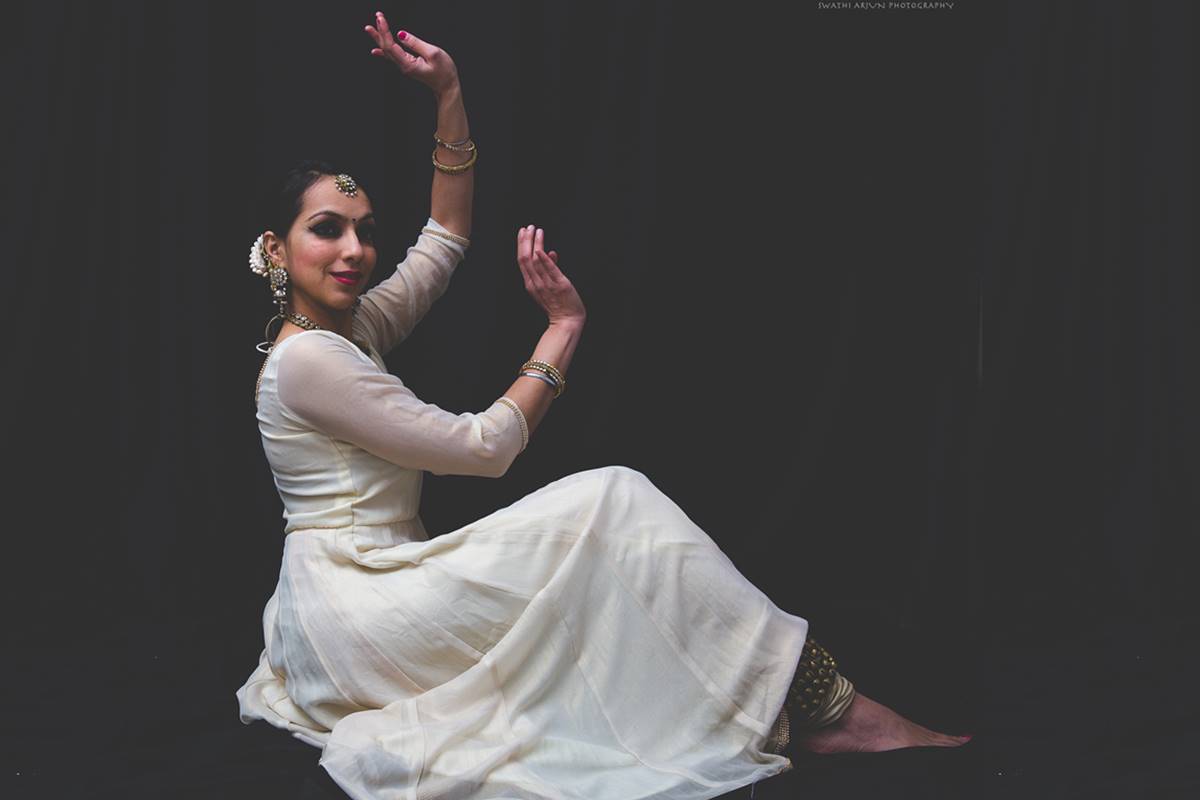Yogi Adityanath biopic AJEY drops first look: A story of politics and power!
Based on Shantanu Gupta’s book ‘The Monk Who Became Chief Minister’, the film is set to be a blend of drama, action, emotions, and sacrifice.
Kathak is a classical dance form that is further divided into three unique Gharanas, Lucknow, Banaras, and Jaipur. These gharanas practiced the same dance form with slight variations. The development of gharanas helped in the wide popularity and continuity of dance tradition.
SNS | New Delhi | January 10, 2022 9:42 pm

Kathak (photo: Stock)
India is one culturally rich country, where almost every state has its language, cuisine, and dance forms. When it comes to dancing, India has traditional, classical, folk, and tribal dance styles, and all are simply amazing.
All the incredible classical dances that originated in the country during ancient times are very special and precious. Among all these dance forms one is Kathak which is the cultural gem of Uttar Pradesh.
Advertisement
Kathak is commonly regarded as one of the seven classical dances of India and is the only one from North India. Kathak has been enriched greatly by the contributions of musicians, dancers, professional women artists, and court and landlord patronage. Big and small courts at Lucknow, Benaras, Rampur, Murshidabad, Jaipur, and Raigarh, emerged as major patronage sites.
Advertisement
This long-standing historical association with courts reflects very strongly in the form’s aesthetics and tehzeeb. What survives in Kathak, despite decades on the proscenium stage, is the courtly elegance in its presentation, its confrontational and almost flamboyant directness with the audience, and the highly intimate and interactive nature of its performance. Today, Kathak enjoys immense popularity locally and globally. Kathak is visually identified by its upright posture, eclectic spins, virtuosity, technical repertoire, and abhinaya.
This classical dance was not always as you see it today. The rich and adventurous history of India has helped Kathak dance evolve over the centuries. Today you can rarely find a male Kathak dancer, but not a very long time ago only men used to perform Kathak. Today you think of Kathak as a medium of entertainment but then it was a ritual for worship.
Few elements might have changed but the essence remains the same. Kathak was developed as the art to narrate stories through dancing. The Kathavachak or storytellers used to wander from temple to temple to perform the stories from famous legends such as Mahabharat and Ramayana. As soon as the instruments started playing, the men used to dance in unison imitating the mythological characters.
Kathak is a classical dance form that is further divided into three unique Gharanas, Lucknow, Banaras, and Jaipur. These gharanas practiced the same dance form with slight variations. The development of gharanas helped in the wide popularity and continuity of dance tradition.
Lucknow Gharana
Lucknow Gharana is the most popular Gharana. This Gharana development focused on a graceful form of Kathak. The dancers use graceful wrist and hand movements to depict the story.
Pandit Ishwari Prasad is the founder of the Lucknow Gharana. The most notable and famous dancer of Lucknow Gharana is Pandit Birju Maharaj.
Banaras Gharana
Banaras Gharana developed on the banks of the holy river Ganga. The renowned dancer Jankiprasad founded this Gharana. This Gharana focuses on stage setting and freely utilizes a more liberal form of Chakkars.
Jaipur Gharana
Jaipur has remained untouched by the Mughal influence to a certain extent. Hence, this Gharana practices a more pure form of the Kathak. This school was founded by Bhanu Ji Maharaj. Jaipur Gharana utilizes fierce moves with great energy.
A Kathak performance may include a dozen classical instruments depending more on the effect and depth required for a particular performance. However, some instruments are typically used in a Kathak performance like the tabla that harmonizes well with the rhythmic foot movements of the dancer and often imitates the sound of such footwork movements or vice-versa to create a brilliant jugalbandi. A manjira that is hand cymbals and sarangi or harmonium are also used most often.
Advertisement
Based on Shantanu Gupta’s book ‘The Monk Who Became Chief Minister’, the film is set to be a blend of drama, action, emotions, and sacrifice.
On being asked if Muslims are safe in the state, he said, "Muslims are the safest in Uttar Pradesh...If Hindus are safe, then Muslims are also safe here."
Uttar Pradesh Chief Minister Yogi Adityanath has stressed the urgency of comprehensive measures to combat the heat wave and its impact.
Advertisement
